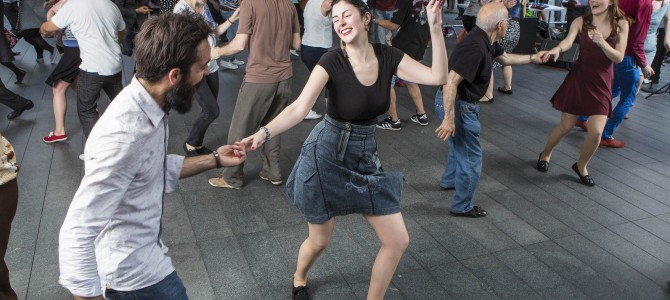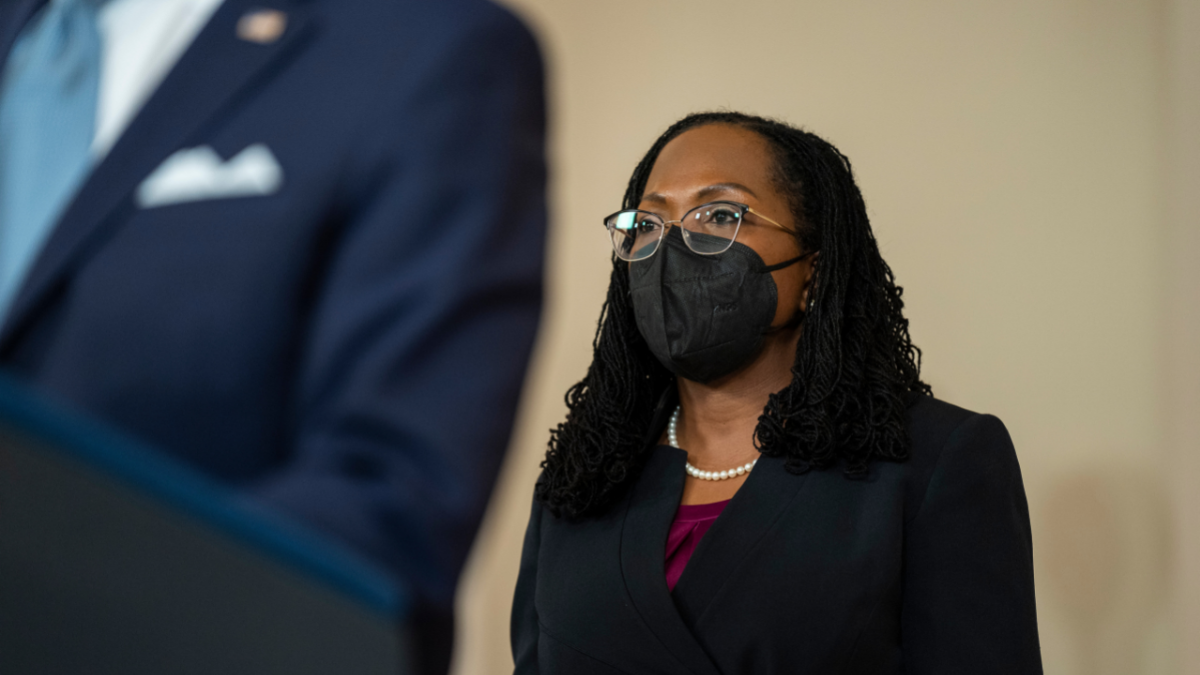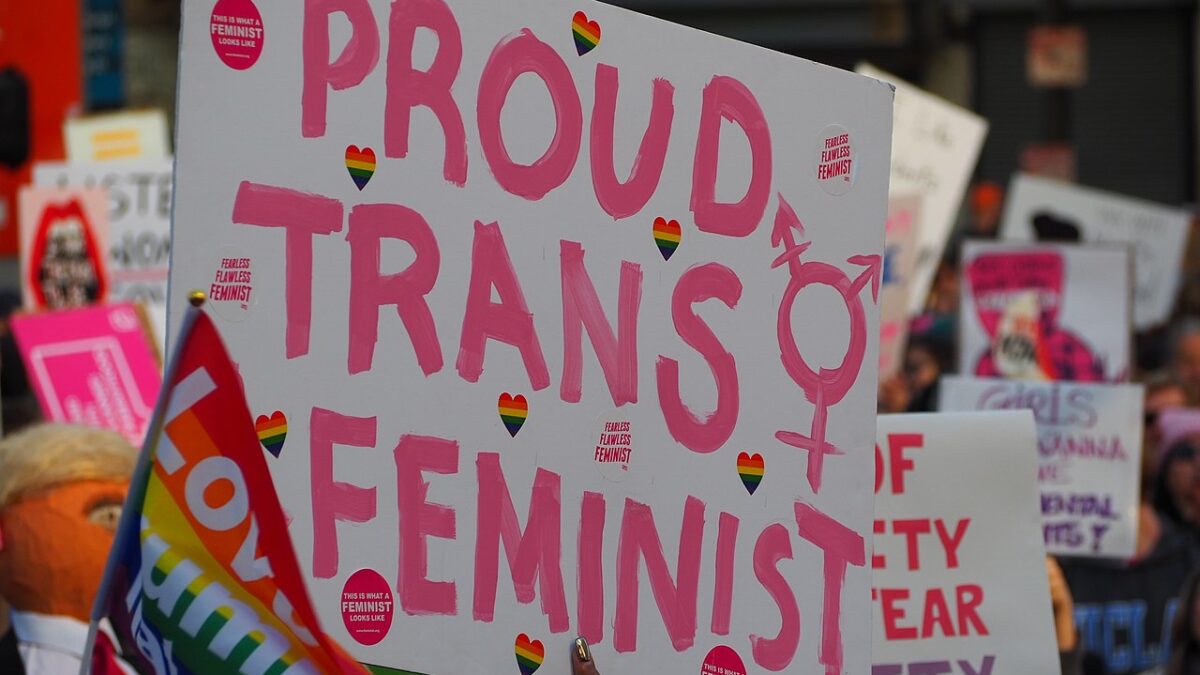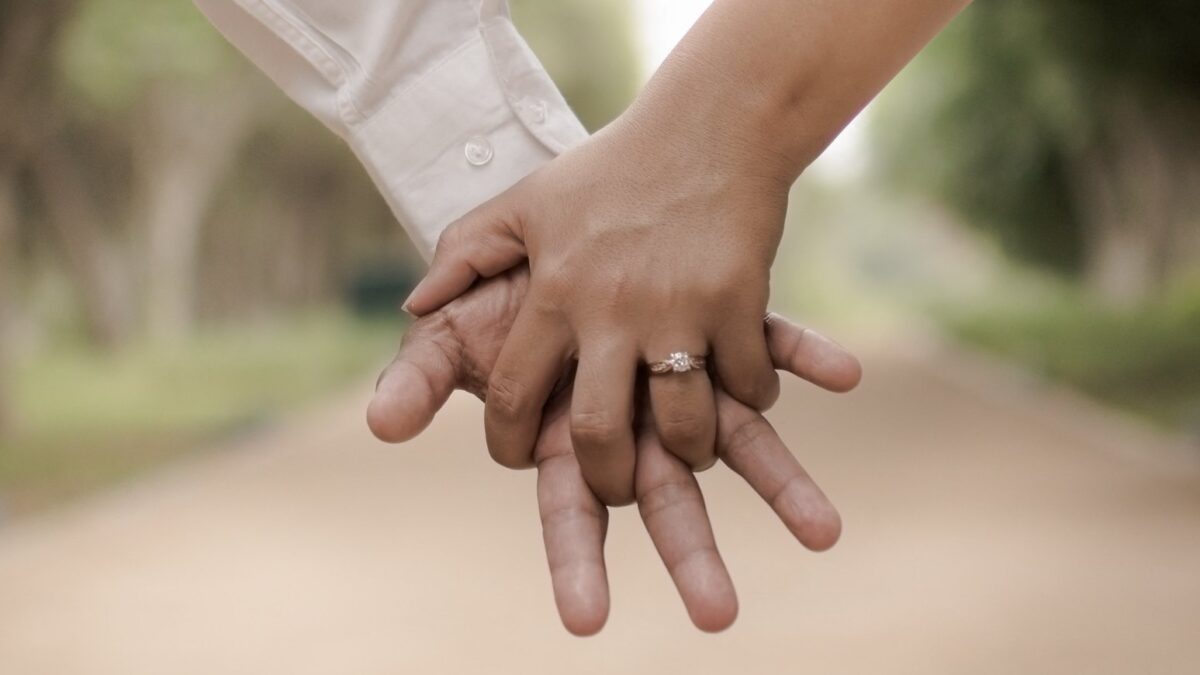
A few years ago, in the middle of a swing dance lesson, I found myself dancing with a middle-aged man. Suddenly he remarked that he enjoyed our class, because, “with dancing, you get to touch people.” His words seemed pretty creepy. Yet I think that they were innocent—innocent, and rather sad. He enjoyed learning swing-outs and under-arm turns because they provided simple, physical human contact. He had no other way of getting that contact because he had no girlfriend.
We modern Westerners shelter ourselves within a personal-space bubble that allows us to touch others only with very specific body parts in very specific contexts. We are uncomfortable with greater intimacy not because we don’t like touch, but because most bodily contact has been so sexualized. Men who hold hands are assumed to be lovers. Friends who kiss on the lips appear to be “friends with benefits.” Even family photographs of young children at bath time can be mistaken for pornography (as was the case when an Arizona family temporarily lost custody of their daughters in 2009 after a Wal Mart employee received the pictures for development and realized that in some shots the children were partially nude).
The sensitivity of our culture’s sexual radar cuts everyone off from platonic intimacies that were once widely accepted in everyday life. It might seem (to liberals) that by embracing sexuality we are simply freeing ourselves from the bonds of convention, or (to conservatives) that we are simply afflicted by the overly-sexualized, moral rot that accompanies the rejection of moral values. However, our obsession is something both more innocent and more desperate than that.
Sex used to be a bit farther from people’s minds. Before central heating, sharing a bed could be asexual. Herman Melville’s Moby Dick comments on the pleasantness of snuggling up to one’s (unknown) bedfellow for warmth in a chilly inn. Even more striking is a subtle difference between the 1998 BBC television production of Our Mutual Friend and Dicken’s original nineteenth-century novel. The book includes a scene in which a dying old woman named Betty Higden is discovered by one of the novel’s heroines. Like the middle-aged man in my swing dance class, Betty is lonely. She says, “I must be sore disfigured. Are you afraid to kiss me?” The narrator tells us, “The answer is the ready pressure of [the heroine’s] lips upon the cold but smiling mouth.” However, in the BBC version, the heroine kisses Betty on the forehead instead of the lips. Modern viewers would be uncomfortable with a lip kiss. Sex is the first thing that pops into our minds when we see such intimacy.
Nowadays, highly sexualized images of movie stars, singers, and models are everywhere; and viewing them has an impact on how our brains process other sights. Researchers Bryant Paul and Daniel Linz published a study several years ago that illustrates this. Participants were shown sexually explicit images. Some saw adult women, and others saw girls who appeared to be underage. Participants who had seen the sexual pictures of the younger females were much quicker to associate sexual and erotic words with subsequent, non-sexual images of girls who looked around twelve-year-old. We all see so many provocative images in daily life that we read sexual connotations into contexts that were once innocent.
Many columnists and public figures have decried the hyper-sexualization of our culture; the objectification of women; and the trend of providing little girls with makeup, Bratz dolls, and “naughty” Halloween costumes. Yet few of us look beyond these details and question our culture’s wider approach to sex. Even upright, feel-good shows like TLC’s What Not to Wear push frumpy women to embrace being sexy (the hosts always throw away the high necklines and loose slacks of their more inhibited participants). Self-respect and care for the body are synonymous with feeling sexy and believing that one is hot. We may talk about the need to pursue “fitness,” but we really mean that everyone should be as sexually attractive as possible because attractiveness is now the most universal ranking method within society. Much as family status once used to dictate “suitable” marriages, we expect people to find mates who are compatible on the looks scale and we raise our eyebrows at the cute, athletic guy who dates an obese girl. We cling to our right to live this lifestyle. Even if it is fashionable to complain about fishnet tights on little girls, woe betide the blogger who dares to suggest that Americans ought not to have sex with whomever they wish, or that a bodily activity such as, say, procreation, should take priority over a bodily activity like hooking up.
Back in the day when innkeepers could ask guests to share beds with random strangers, people weren’t sexless. They sang bawdy ballads, chased after girls, and produced offspring. However, sex was simply one part of bodily life—much like birth, aging, and death. Modern sex is different. Modern sex is not supposed to be part of the same cycle as aging and death. Instead, it is part of a strangely innocent, oddly desperate attempt to deny death’s power over our sexy, tanned, and well-toned lives. We have wedded sex and youth in sacred union. Our movies, commercials, and billboards show us that sexy men don’t go bald or lose their six-pack abs. Sexy women have legs that deflect cellulose. To look sexy is to be youthful, even if doing so involves covering wrinkles with makeup, maintaining girlish figures through liposuction, or driving a red sports car while receiving social security benefits. Sexy Americans must be young, not just because youth less often die, but because the reckless young don’t believe that they will die.
Sexiness also includes lingering as long as possible in the adolescent state of freedom from family and marital obligations. In his conclusion to the Narnia series, C. S. Lewis describes the character Susan’s acceptance of this ideal: “I wish she would grow up. She wasted all her school time wanting to be the age she is now, and she’ll waste all the rest of her life trying to stay that age. Her whole idea is to race on to the silliest time of one’s life as quick as she can and then stop there as long as she can.” Like Susan, we demand youthful freedom. If we can bestow our sexual favors upon whomever we choose, we can feel that we have control over our sexual and human identity. We are made powerful. Yet “free love” becomes an individual pursuit instead of a joint one, and our partners become expressions of our whims instead of human beings whom we must truly love. We even attempt to free sex from human contact, as evidenced by the growth of porn use (a recent article in Verily Magazine discusses how this issue is acknowledged and explored in the movie Don Jon).
As we twerk, hook up, and read Fifty Shades of Grey, our culture displays the colossal naiveté and innocence of the toddler who covers his eyes so that his mother cannot see him and put him to bed. We too are hiding, but in our case it is from death. Meanwhile, we fashion a lonely world where, dance classes aside, the only way to express intimacy is through sexual relationships because there is no longer room for anything else within our protective bubble. Of course the truth is that no matter how youthful we feel or how many sexual choices we make, death will still find us. Death doesn’t care about sexy.
Anna blogs at Don’t Forget The Avocados.









